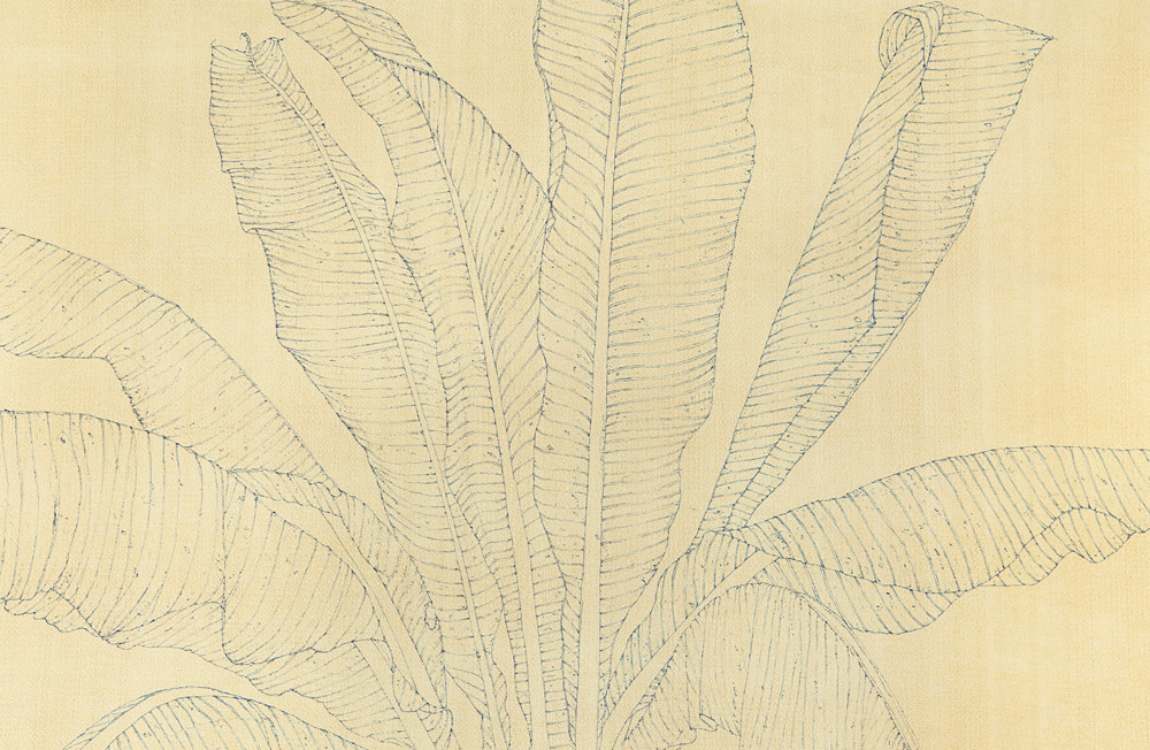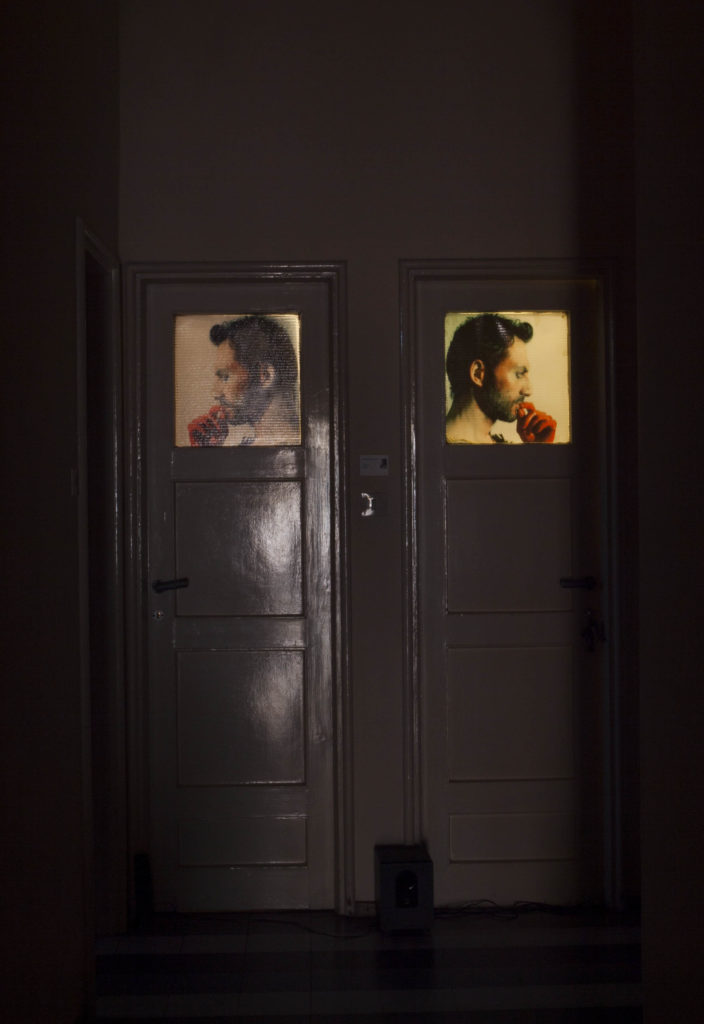Fifty years after Mariuccia’s death, thanks to the generosity of her family, the Mariuccia Testori Paracchi Prizeis launched to support the work of an emerging young artist.
Luca Doninelli: Do you remember how your passion for art, for literature came about?
Giovanni Testori: I had a cousin who painted. My family and my father’s brother’s family lived in the same house, in two separate but adjoining appartments. Ever since I was a child, she used to give me books and pamphlets about painters (but first she would tear up pictures that were too bold, like Venuses and things like that).This cousin was about twelve years older than me and I used to visit her every day, in the living room where she worked, and I would silently follow the stages of her work: from the first pen sketches to the charcoal drawings and from these to the final execution, when the colours splashed out of the tubes. I was amazed as much by the material as by the will to build that was in her. She did still lifes, landscapes, and even some beautiful portraits.
Entering Casa Testori, the entrance and the large staircase divided the two flats: on the left, above and below, lived the family of Edoardo and his wife Lina, parents of the writer Giovanni Testori, of Piera, Giuseppe, Marisa, Lucia and Gabriella; on the right lived Uncle Giacomo with his wife Giuseppina Rusconi and their children Angela (Angiùla), Angelo and Mariuccia, the cousin Testori talks about in this 1992 interview. Mariuccia Testori (1911-1962) devoted herself to painting and drawing at an early age, participating in a few group exhibitions at the Permanente in Milan in the 1930s; her production is restricted to a few years, between 1935 and 1942. Mariuccia, who was married to Piero Paracchi, dedicated herself to her family after the birth of her second daughter, Anna (1941). She later had three more children: Giacomo, Marta and Letizia. Testori remained grateful all his life towards his beloved cousin, who was so important for his early fascination with colour and painting, but also witnessed a total dedication to the family, so important for the history of this house, and for the writer.
The prize was won by Aleksander Velišček, download here the press release.




















































